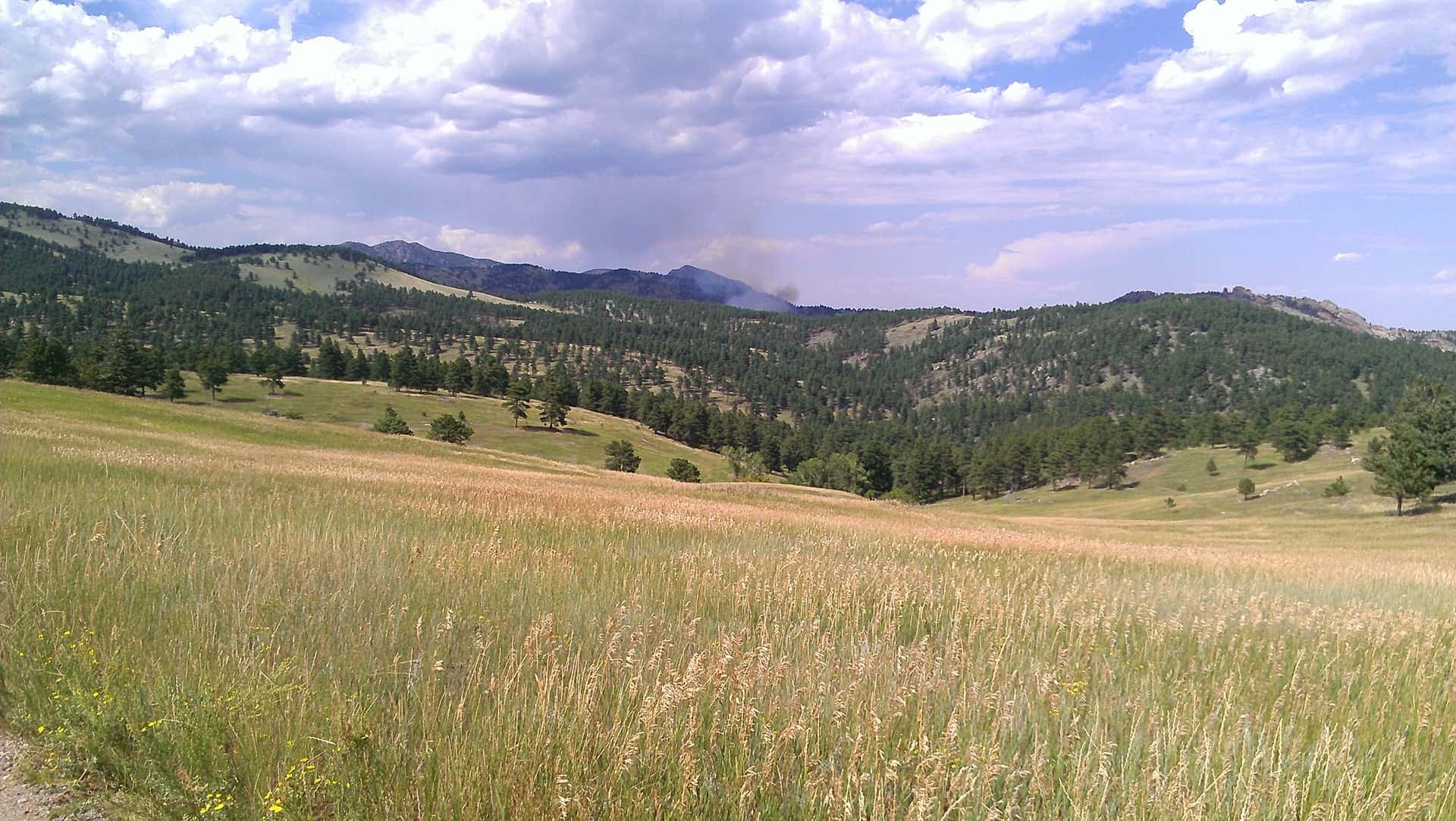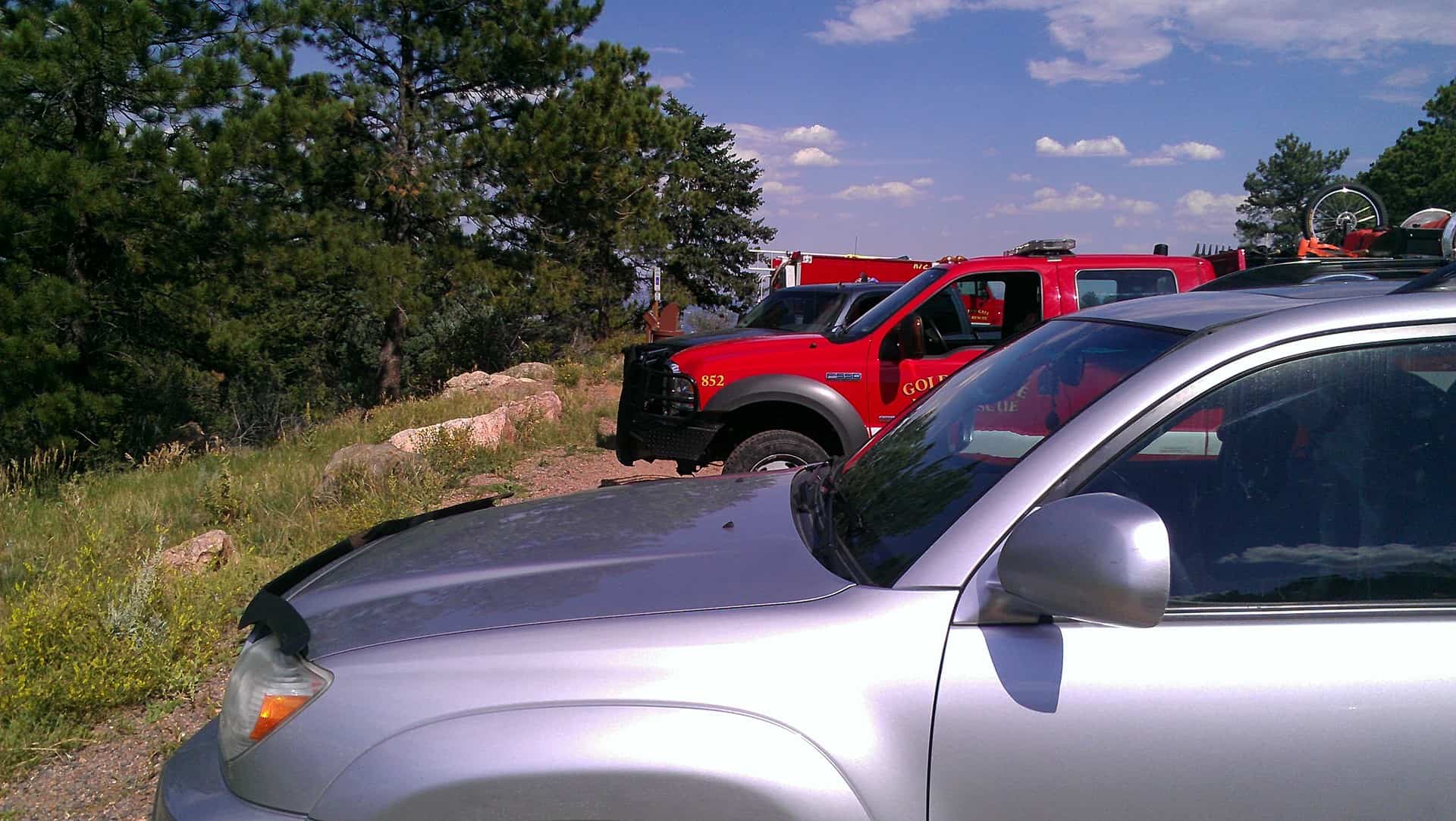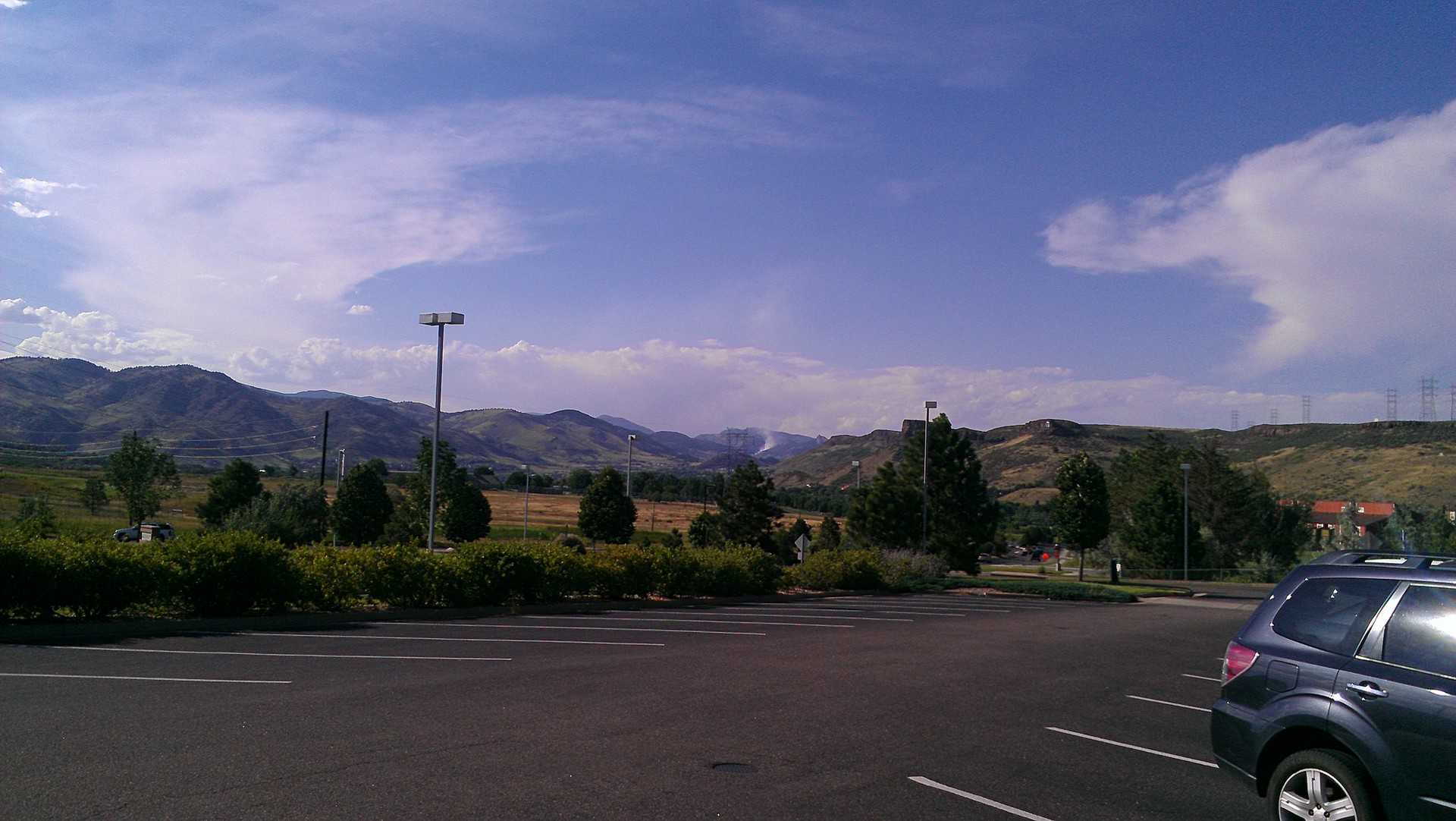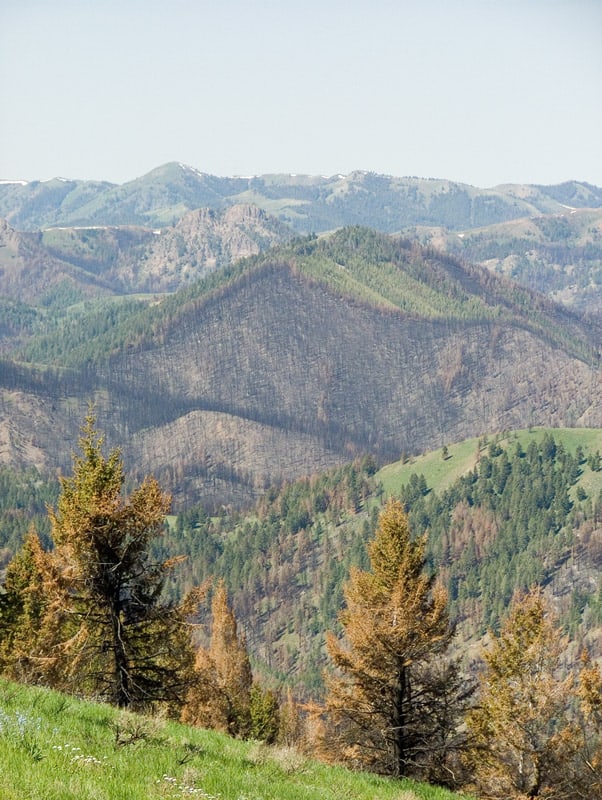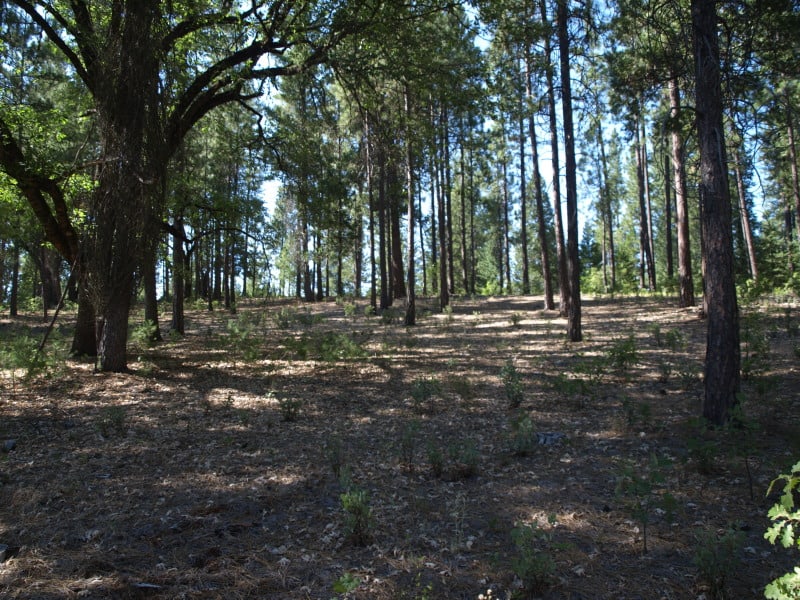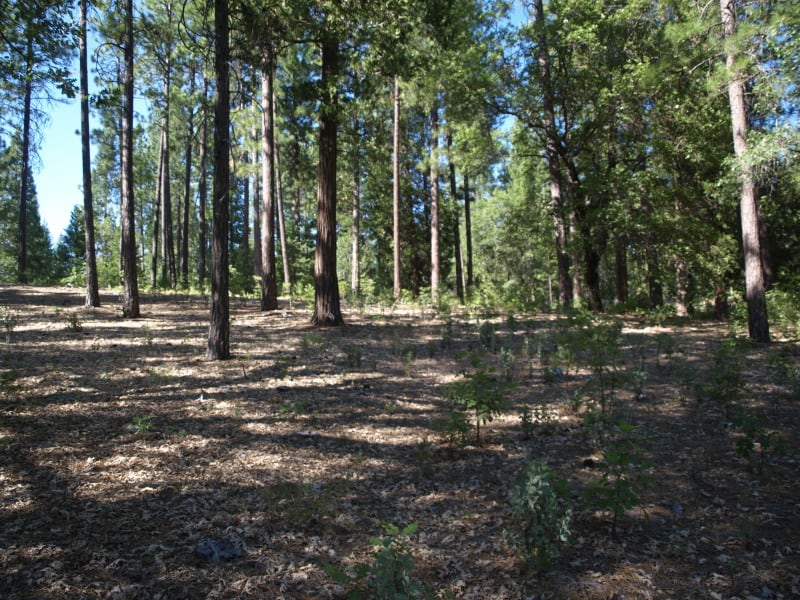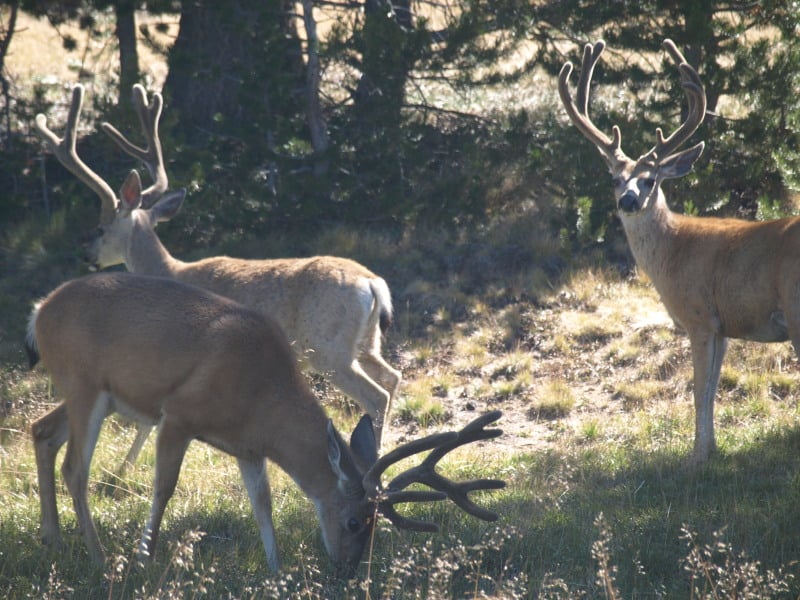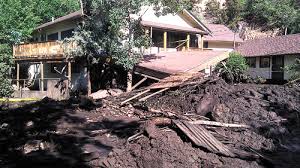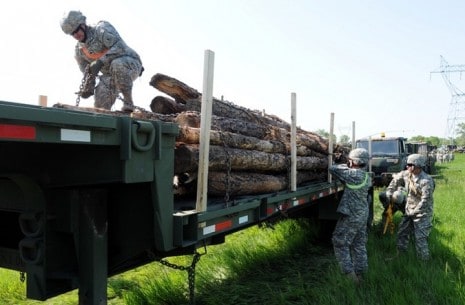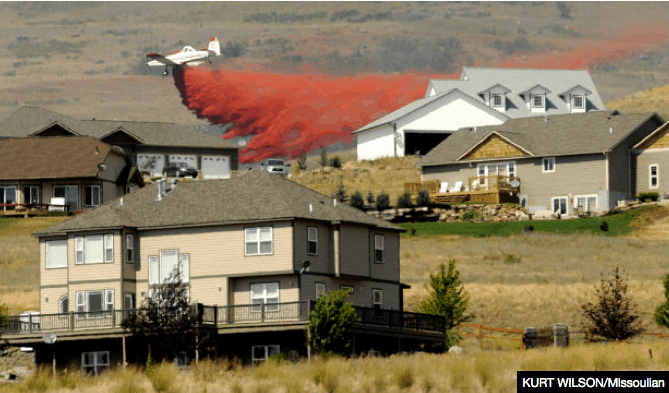Char sent in this “Marketplace” piece; I thought it worthy of its own post. I think it’s an interesting juxtaposition with my own experience of today.
The perspectives are fascinating.. we can imagine a Marketplace done in Colorado..
A wildfire denudes hills of vegetation. Often all that’s left is ashes and blackness. When Richard Minnich looks at a charred landscape after a wildfire, he doesn’t mourn the loss of the plants killed in the blaze. ”I’m not crying at al,” he says. “I’m saying, wow, you solved your fire problem for a while. The energy is gone.”
You would ask the folks in Manitou Springs what they think about denuding hillsides and the ensuing flooding.
“Straight ahead of me, I’m looking at solitary houses on the tops of hills,” Minnich says. “It just ticks me off to see that.”
I’m glad that scientists get to give their personal angry feelings. But I wonder how many other scientists are not quoted.. they could be angry about the impacts of smoke on public health or.. one can imagine a variety of things.
“In Southern California, we have a total suppression strategy,” says Lorine Buckweld, a suppression battalion chief with the U.S. Forest Service. “In other words, that means every fire will be suppressed with as many resources as we can throw at them to keep them small. Because of the threat to the Wildland-Urban Interface.”
The Forest Service now spends more than half of its budget fighting wildfires. Most of which they are spending fighting in and around structures, housing developments and the like, not in and around wilderness areas.
Environmental history professor Char Miller is one of many critics who doesn’t think the public should be footing the bill to protect homes in high-risk fire zones. And he says we’re not factoring in the human cost when we build in these areas.
Duh… if there were no risks to folks, at this point, no one would fight fires. So of course most of the costs are to protect people. But people, towns, open spaces, parks, etc. are hopelessly intermixed in a great deal of the west. Now.. not “we are building”. We have built. We have homes, communities, and open spaces and parks with infrastructure. We can’t go back and kick people out. And there is a legitimate fairness question.. people who build near coastlines, rivers that flood, hurricanes, and earthquake-prone regions.. should we be footing the bill for those? How about those folks around Mt. St. Helens and other volcanoes?
I’m not against some kind of extra charges for some kind of federal insurance for these folks.. but also the others.
And what proportion of the fire bucks are protecting isolated homes.. what proportion neighborhoods and towns, what proportion community infrastructure.. what proportion keeping it controlled so it doesn’t get so big that it can’t be controlled, and burns up power lines, fairgrounds, libraries, and people and animals without time to evacuate, etc.
In general I think extrapolating from California chaparral to the “dry west” (the headline) is a very bad idea.
